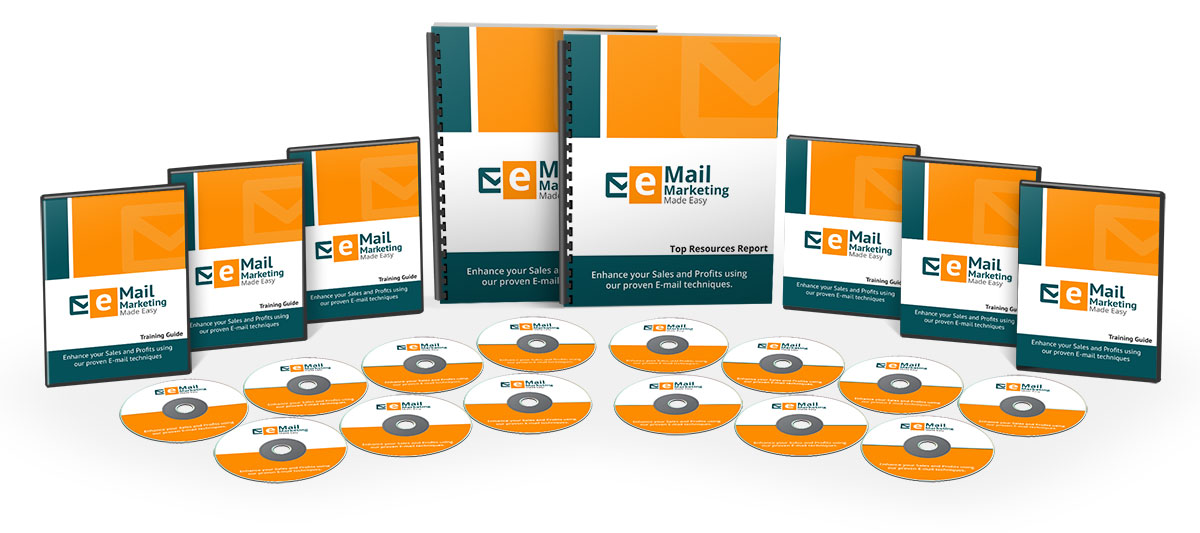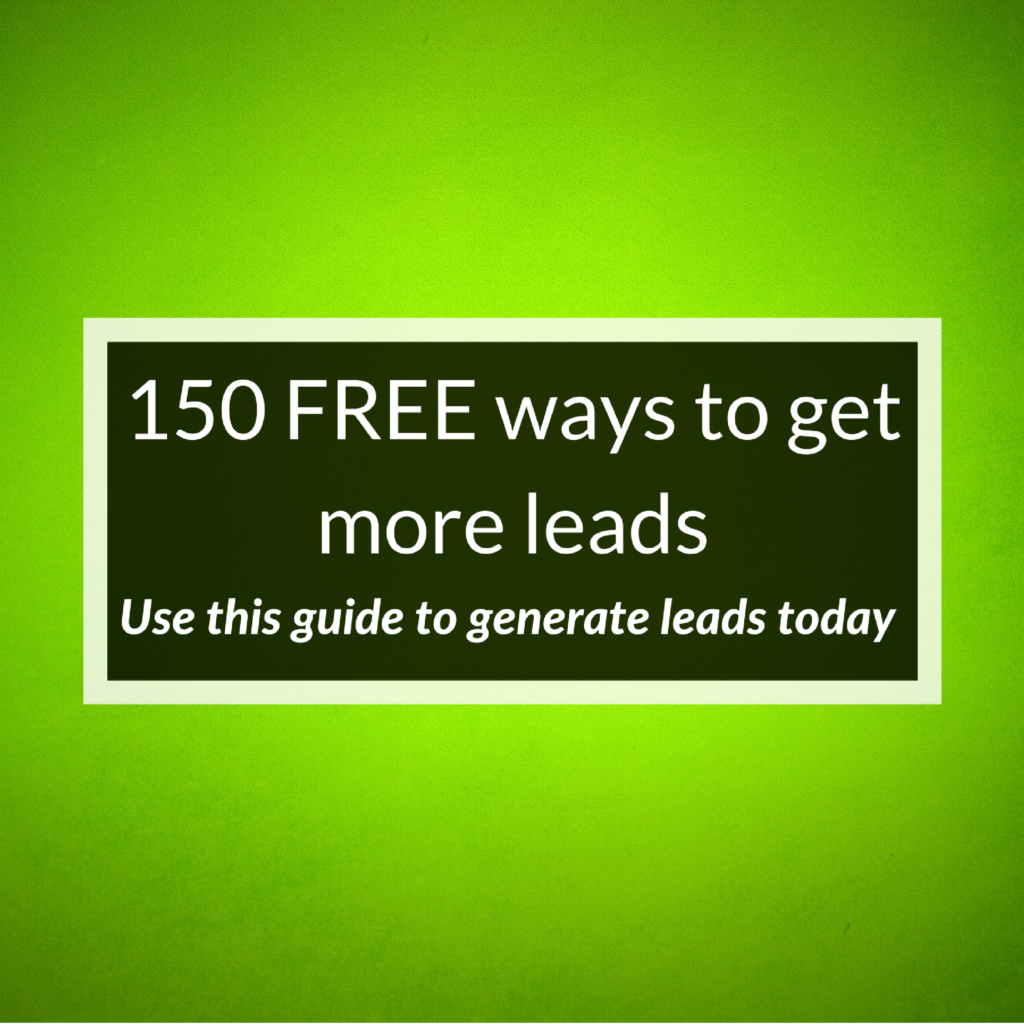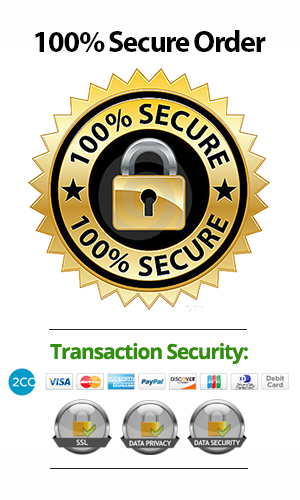Let’s start off with a tough reality — most realtors aren’t getting as much as they could be from their email list.
It’s not that they’re not working hard or seeing good results. In fact, for many, email is already their biggest driver of new and repeat business.
But there’s one thing that many realtors aren’t doing that could help take things to the next level.
Luckily, adding that one thing to your email marketing strategy is a lot easier than you might think.
It starts with understanding a term you may have heard before — segmentation.
Segmentation is the process of organizing your contacts into different groups, so you can target them with content or offers that are relevant to their needs or interests.
Rather than sending the same message to your entire list and hoping the right people see it, segmentation makes it easy to create emails that you know specific groups of contacts will be interested in — improving the chances of them opening, clicking, and acting on the content and offers you send out.
Whis is segmentation important?
One of the biggest reasons people ignore emails or unsubscribe from email lists is because the content they receive isn’t relevant to them.
While you may have people who read and act on every email you send out, if you’re not taking the appropriate steps to segment your audience, it’s likely that you already have potential customers or donors who are tuning you out.
Plenty of small businesses and organizations are already using segmentations and have seen some impressive results.
If you’ve never segmented your list — one of the questions you may be asking is “how can I get started?”
Using an email marketing provider like GetResponse makes it super easy to segment your contacts.
You can create separate lists for different groups of contacts, or use a feature called Tags that makes organizing your master list a lot easier.
But before you can start organizing contacts into different groups, you’re going to need some information to work with.
If you’re like a lot of businesses, the amount of information you have available may be limited to name and email address.
But there are also details like: job title, company, address, birthday, interests, and purchase history, which could be used to your advantage.
How can you find the information you need? Here are a few quick ideas:
- Use what you know: Even if you don’t have a ton of information about your contacts, you should be able to quickly scan your list and recognize a handful of names. You can add a tag for VIPs, or create a separate list and send them exclusive offers to reward them for their loyalty.
- Update your sign-up process: While you may only want to require people to give their name and email address, you can also add optional fields like address or company name.
- Use a survey: An online surveyis a quick and efficient way to collect information from your email contacts. You can provide multiple choice questions to help gauge people’s interest around a particular product or service, and can also provide open-ended questions for people to fill out their own information.
- Host an event: Collect information when interacting with attendees face-to-face, and also use an online registration toolto collect important details before the event.
- Use your reports: Use your email reports to see which contacts are opening your emails each month, and export a list of people who have clicked on a particular link. This is a great way to identify your most active readers, and can also be used to learn more about the content or products your audience is most interested in.
With the right information, you’ll be ready to start segmenting your list!
Take some time to think about the different groups of contacts you have on your list.
Consider things like:
- Location: Do you have groups of contacts that live locally and others that visit from out of state?
- Customer Status: A lot of the people on your list will be customers, but you may also have a sizeable audience of potential or new customers, as well.
- Interests: Use your click-through data to create interest-based lists.
- Questions/Needs: Use survey data or questions you’ve received in-person to group contacts, and follow up with more information.
- Length of time on your list: Creating a separate list for new contacts, and sending them a few introductory messages, is a great way to engage people right from the start.
There are plenty of ways you can use segmentation to get more from your list.
Remember that growing an effective email list isn’t just about adding names and email addresses to your database.
These are people who have opted-in to receive updates from your business. It’s your responsibility to offer an experience that meets their needs and inspires them to take action.
Get started today! GetResponse has the tools you need to manage your growing contact list.










